Creativity
Why Exercise Makes You More Creative
“Sit as little as possible.” The advice, offered by the philosopher Friedrich Nietzsche over a century ago, sounds like it could have been cribbed from the Health section of the New York Times. He continues: “Do not believe any idea that was not born in the open air and of free movement—in which the muscles do not also revel.”
Like such other thinkers as Immanuel Kant, Henry David Thoreau, and Jean-Jacques Rousseau, Nietzsche made it his habit to theorize while walking. Indeed, literary history is veined with writers who extol exercise: Ernest Hemingway boxed, Kathy Acker was into bodybuilding, the Japanese novelist Haruki Murakami devoted a book to running, while Philip Roth maintained his prowess well into his seventies by swimming daily. On the subject of visual artists’ workouts, however, the historical record is mostly silent, perhaps because few have left written accounts. Yet, while a substantial body of research exists sketching out how regular exercise of various types can benefit creativity, it seems that visual artists might be able to color in the outlines of that picture.
A 2014 study by scientists at Stanford University affirmed Nietzsche’s predilection for perambulation. It showed that walking significantly improves certain types of cognitive efforts involved in creativity, specifically convergent thinking, such as the ability to come up with solutions to a problem, and divergent thinking, which involves conceiving open-ended, original ideas. Other studies have found that exercise tends to improve convergent thinking in those who exercise three or more times per week.
Yet, even at a time when the benefits of fitness are widely known and when fitness culture is so pervasive that it affects how people dress each morning, it is difficult to find more than a handful of artists who extol their exercise regimen. The reasons for this could be as much cultural as structural. The nightly rounds of drinking at openings, artist dinners, and other social events makes healthy choices difficult, as does a lingering nostalgia for the artist as romantic sufferer, which continues to validate the image of the undernourished, cigarette-smoking waif. There is also the fact that studio life itself can be physically taxing: artists often stand for much of the day; work long hours; and they might have to move heavy sculpting material, canvases, or equipment—all of which leaves little energy for the gym.
Nevertheless, there are artists for whom working out is central to their lives and their work. Of those I spoke with, virtually all report using exercise for cognitive enhancement of the sort described in the various studies.
Hugh Scott-Douglas, for instance, originally began to get fit in order to step off the path of heavy drinking and obesity that art-world socializing had set him on. “What I do centers around thinking and reading and writing,” he tells me, and in the studio “I am making decisions and trying to build a network of thoughts that might eventually produce something tangible; I need to have a clear head.”
A similar need for an uncluttered mind gets the painter Nathlie Provosty out running three to five times per week. “When I’m still, the mind can race, but when I run, I can step out of the mind and watch the thoughts,” she says. “Rather than being in the film, I can watch the film of my own thoughts.” This distancing of herself from her thoughts, she explains, “creates a relationship of sequence, and I can get very clear on ideas and possibilities.”
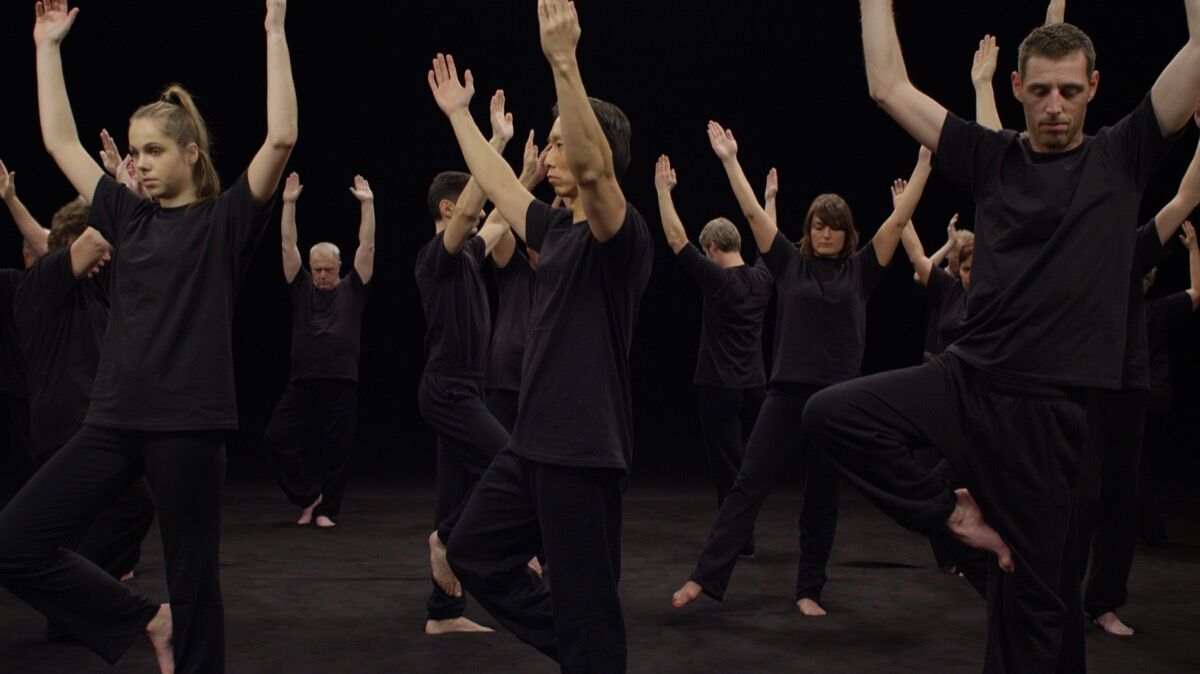
Guido van der Werve, Nummer zestien,the present moment, 2016. © Guido van der Werve. Courtesy of the artist and Luhring Augustine, New York.
For the Dutch artist Guido van der Werve, who composes the music for his films, and competes in triathlons, the act of running (or biking or swimming) is especially helpful for orchestration. “Many days I sit behind my piano trying to compose for a lot of different instruments at once,” he offers. “It’s quite difficult because music is time-based, so you can’t really sit down and look at it—it disappears. Going for a run makes me sharper, it helps me to stay focused, to concentrate, and also you create endorphins, which makes you feel better.”
Feeling good is not trivial. By necessity, studies hew to the quantifiable aspects of the relationship between exercise and creativity, namely defined types of cognition. But creativity, itself a fuzzy term, flourishes in ways that go well beyond divergent or convergent thinking. Certain emotional states, such as feeling good—and thus having low anxiety and fear—helps induce the flow states that are foundational to creative work.
Los Angeles-based artist Cassils describes their various exercise regimes, from lifting weights to kickboxing, as “moving meditation.” Scott-Douglas incorporates meditative breathing (one of the oldest forms of purposive exercise) specifically to activate his parasympathetic nervous system, lowering anxiety.
These two stand apart in that they don’t just exercise: Their physical practices help structure their lives and inform their artistic practices on a deep level. As Scott-Douglas puts it, working out, along with meditative breathing, brings order to his day. This can mean being able to use one’s time most effectively. But it can also provide a model for work: Cassils, who continues to work as a personal trainer in the mornings, elegantly notes that “the body has a way of making what sounds kind of convoluted and academic into something very simple, which is the more you practice something, the more that neuro-muscular connection occurs, the more you achieve it.” In other words, exercising the body, trying each day to make it a little better, becomes a model for artistic practice, trying each day to move a project forward.
A physical practice can also be a vehicle to expanding the possibilities of expression and knowledge for an artist. In an interview about her workouts, Martine Syms tells Healthyish: “I realized that my body was another kind of knowledge and place that I’d been working on. I was making work about that, but I wasn’t really using my own body. There’s this entirely new physical vernacular that I didn’t know.”
On a more mundane level, exercise can broaden the types of expression available to an artist. Van der Werve began to get in shape in order to realize his film Nummer Negen: The Day I Didn't Turn with the World (2007) in which he stood on the geographic North Pole and, for 24 hours straight, and turned counterclockwise while the earth turned clockwise. For Cassils, whose body is one of the mediums in which they work—“both an instrument and an image,” in their words—a given performance will determine how they exercise.
“For some works,” they say, “it’s about bulking, having a visual read that confounds one’s expectations about what a ‘female body’ [her quotes] can do, versus other works where I’m doing a really intense ballistic power movements, where I have to drop a bunch of mass and train for flexibility and speed and power and agility.” Having a fit and malleable body is for Cassils the equivalent of a full paint box for a painter—it increases what they can do and say.
And scientists would do well to listen. Because, although the number of artists regularly exercising may not fill a yoga class, those who do illuminate many aspects of creativity that remain unstudied. Beyond mental dexterity, they tell us that creativity thrives when there is emotional balance, models for practice, and an array of tools at hand, not to mention ideas in which the muscles, too, can revel.
Daniel Kunitz


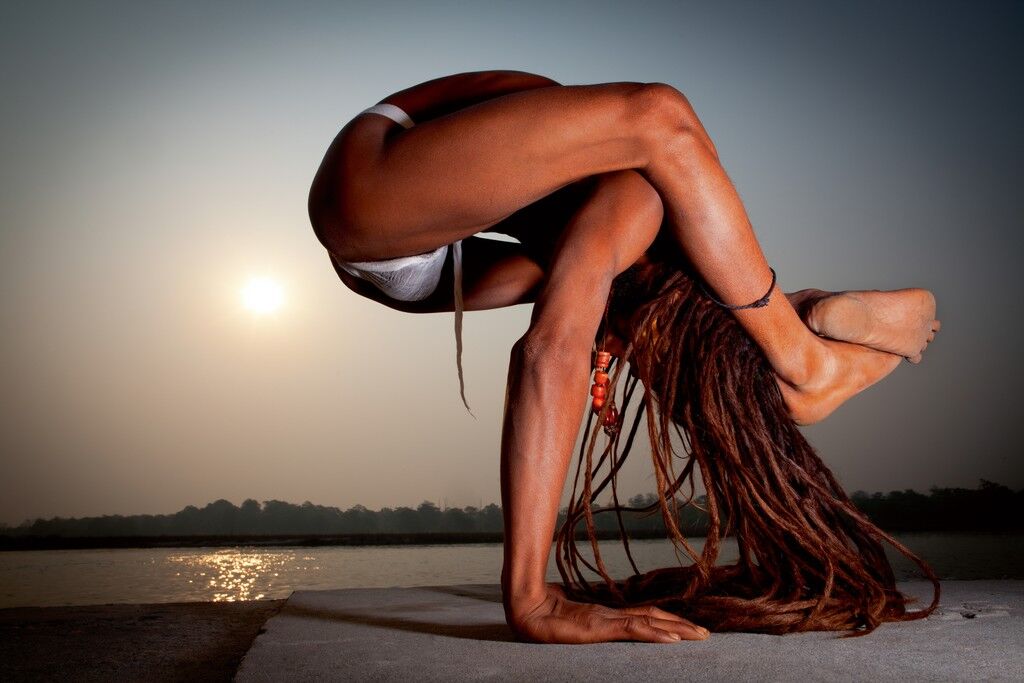
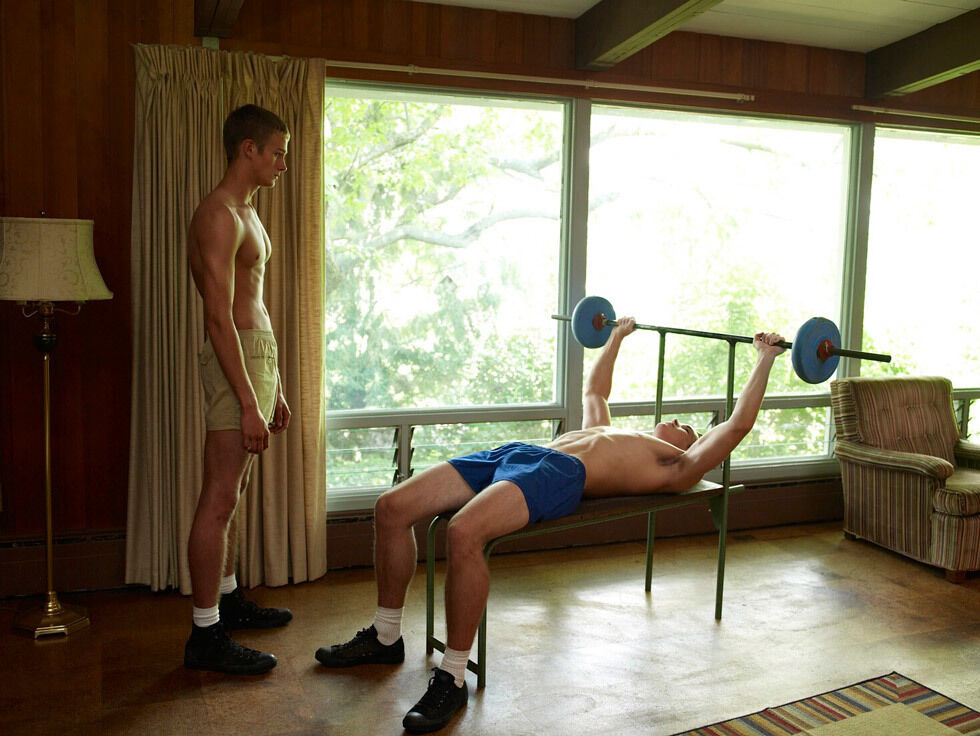
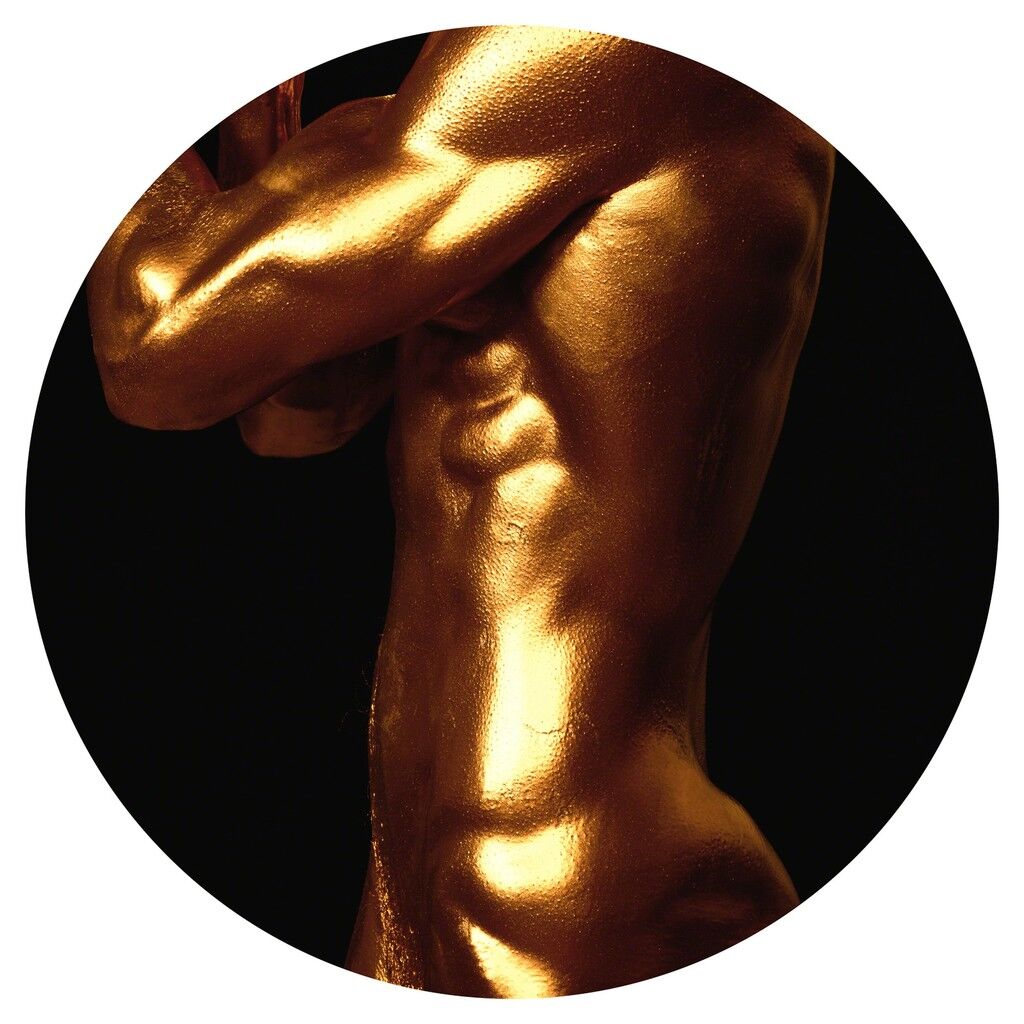
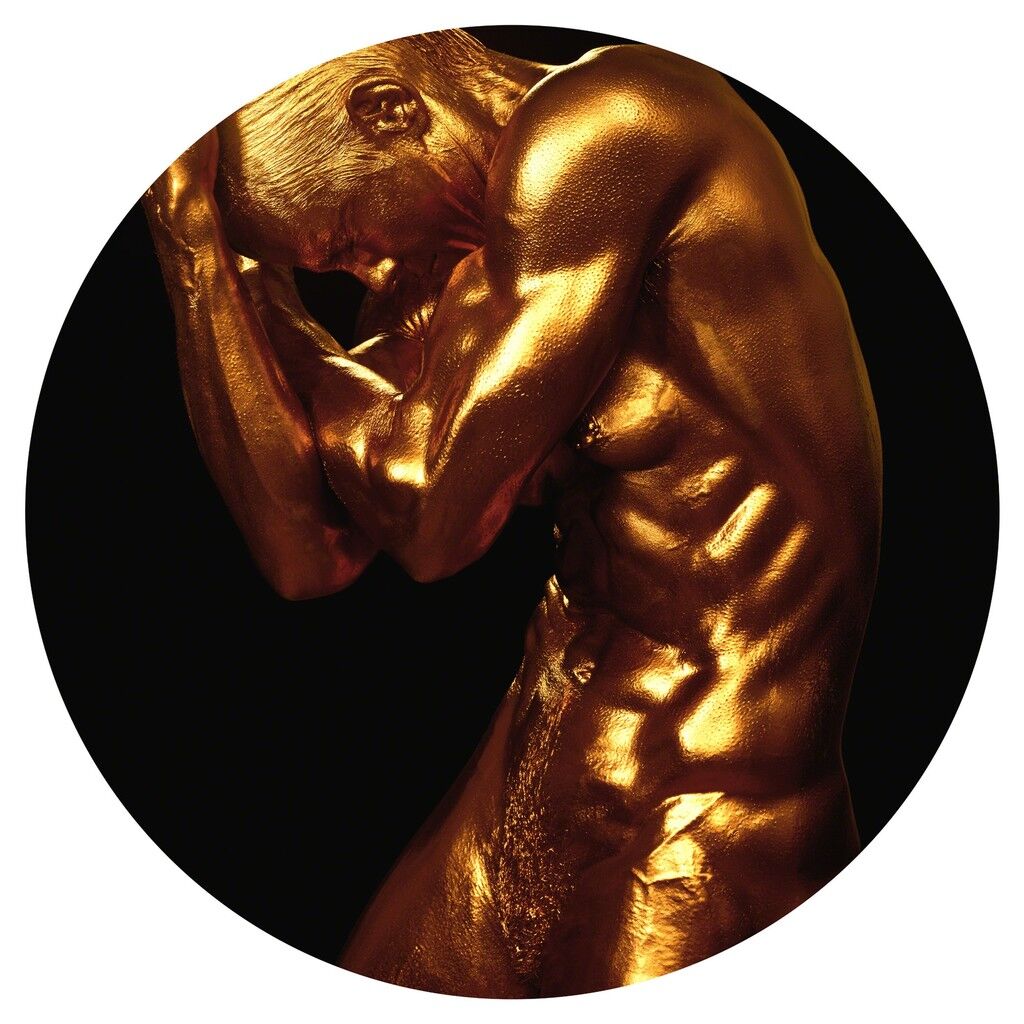

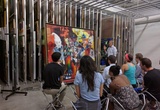

No comments:
Post a Comment